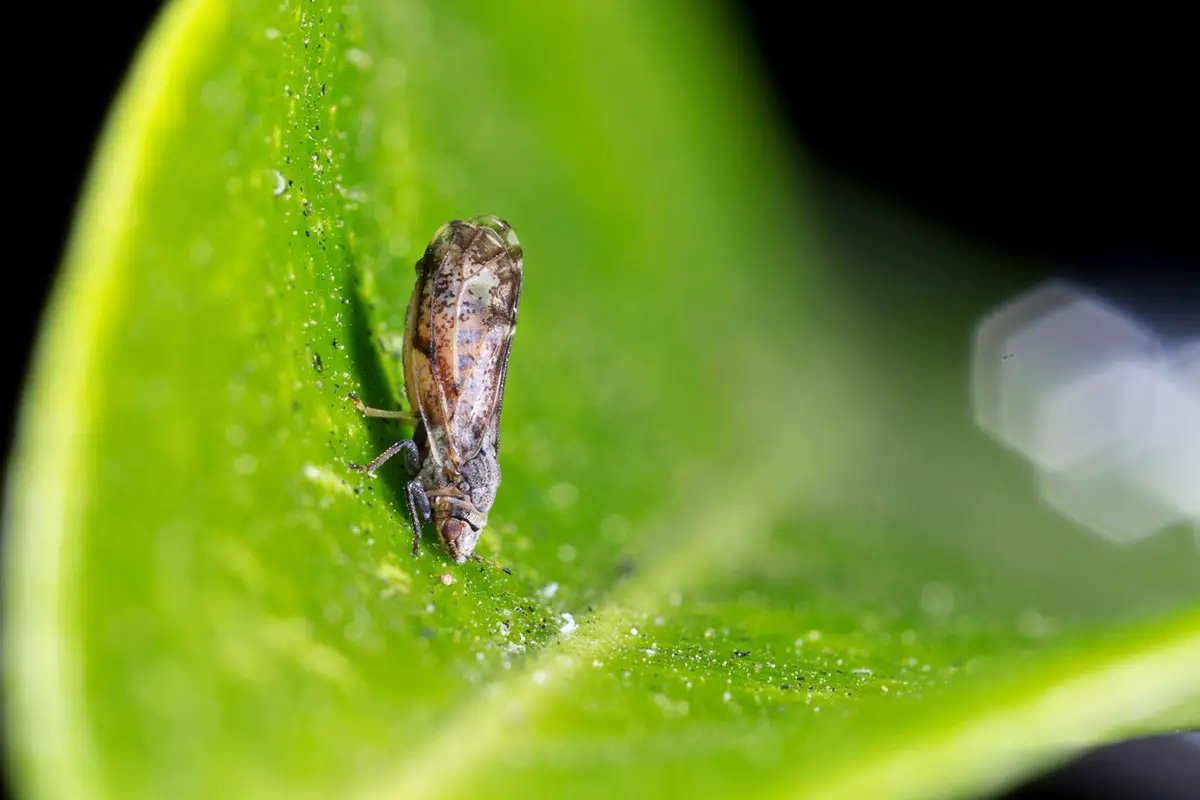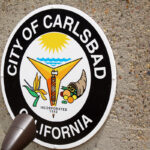OCEANSIDE — A deadly citrus tree disease has been found in at least eight trees in North County, prompting state agricultural officials to declare quarantine on the area’s citrus trees.
Called Huanglongbing (HLB), or citrus greening, the bacterial disease was first detected in two citrus trees on a residential property in Oceanside earlier this month during a routine risk survey for the disease in the area.
This is the first time that HLB has been detected in San Diego County. The disease was first discovered in California in 2012 in Los Angeles County and has since been detected in Orange, Riverside and San Bernadino counties as well.
San Diego has been at high risk for the disease since 2008 when the Asian citrus psyllid was first detected in the county. The Asian citrus psyllid is a type of invasive insect that feeds off citrus trees and can spread the disease from one tree to the next.

HLB is incurable and will cause trees to produce bitter and misshaped fruit until eventually, they die.
Since the first two infected trees were discovered, six more infected trees have been found. Two of the additional infected trees were on the same property as the first two, and the others were found on neighboring properties.
The California Department of Food and Agriculture (CDFA) declared a mandatory 68-square mile quarantine area around the find site that restricts movement of citrus fruit, trees and related plant material.
Stagecoach Road in Camp Pendleton borders the area to the north, Tamarack Road in Carlsbad to the south, North Santa Fe Avenue in Vista to the east and to the west by the Pacific Ocean.
While in quarantine, all movement of citrus nursery stock or plant parts out of the area is prohibited with the exception of provisions existing to allow commercially cleaned and packed citrus fruit to be moved. Fruits such as oranges, lemons, grapefruit and kumquats that aren’t commercially cleaned can’t be taken off the property but can still be processed and consumed on the property.
HLB is not deadly to humans or animals, only citrus trees and plants.

“We want to make sure residents within the quarantined area don’t move the citrus plants or trees and materials either into or out of the area,” said San Diego County Agricultural Commissioner Ha Dang.
CDFA staff and Dang’s department are working together to remove the infected trees while also still surveying citrus trees within a 250-meter radius around the detection site. A treatment program for citrus trees for Asian citrus psyllid infestations will also occur in the same area.
Citrus Pest and Disease Prevention Division Director Victoria Hornbaker advised that residents with citrus trees look for signs of the Asian citrus psyllid.
“We need to control the bug to keep it from spreading the bacteria,” Hornbaker said.
Residents can also look for disease symptoms that include blotchy yellow spots on leaves, asymmetrical leaves, hardened veins, fruit not properly ripening and tasting bitter or rancid, and fruit with unviable seeds.
According to San Diego County Agricultural Commissioner Ha Dang, her office has been working with county residents to inform them about the threat of the disease and the insects.
Dang’s department also regulates bulk citrus shipments and nursery stocks, conducts infestation treatments for residents and businesses, and is currently working to help remove infested trees.
“Removing the tree is very effective to help prevent the spread of the disease,” Dang said. “It’s also free of charge for the impacted homeowners.”
After removing an infected citrus tree, Dang’s department recommends that the property owners avoid planting another citrus tree in its place to avoid attracting the disease again.
Citrus trees are a highly valuable crop in California. According to San Diego County’s 2020 Crop Statistics and Annual Report, the citrus industry is valued at $146 million in San Diego County alone and about $3.4 billion for the entire state.
Not only are citrus trees a staple crop, but they are also commonly found on residential properties. According to Hornbaker, it is estimated that roughly 70% of homeowners in the state have at least one lemon or orange tree on their properties.
“I always remind people that citrus is part of our California narrative,” Hornbaker said. “If we can’t protect our citrus, we’re taking away a nutritional food source.”
To alert officials about potential signs of the Asian citrus psyllid or HLB, residents can call the state hotline at 1-800-491-1899 or the county’s agricultural commissioner’s office at 1-858-614-7770.
EDITOR’S NOTE: A previous version mistakenly described HLB as a citrus tree virus, however, it is a bacterial disease. We regret the error.




